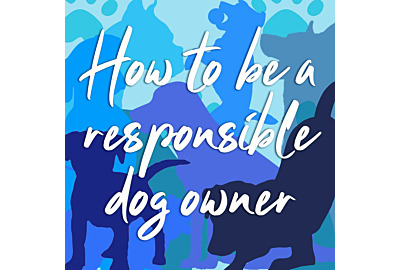Introducing your dog to your veterinarian or groomer is just like them meeting any new person for the very first time. However, since your canine pal is likely to need to visit each of these people several times a year or more, it’s important that they learn to feel as comfortable as possible with them – ideally as quickly as possible. This isn’t always easy, particularly when you take into account that some of the treatments that your doggo may need – such as vaccinations, teeth cleaning and claw clipping, may not always be the most calming!
Here are our top tips on how to introduce your furry companion to your vet and/or groomer.

Take your dog for a walk or play some games beforehand
Dogs who haven’t had enough physical or mental stimulation are more likely to be a bundle of nervous energy before they meet your vet or groomer. All of this pent-up energy isn’t conducive to new interactions and may make them especially skittish or anxious. Schedule some time to take your doggo for a long walk or play some games with them before their appointment. This will put them in a good mood and ensure that any excess energy is well and truly spent.
Keep them on the leash
Unsurprisingly, we strongly recommend that you keep your canine companion on a leash for the duration of the introduction. This will help ensure that you stay in control of their movement in the event that they try and run away or, in some cases, act aggressively. Stay close enough to keep the leash slack, but to also take control of the situation if you need to.

Let your dog make the first move
The most important thing is that you let your dog feel in control when they meet new people. This will help them to feel safe and secure, and able to retreat without being scolded if they decide not to proceed. Anyone who works with dogs should automatically know that its best to stay still and let your dog approach them first, before attempting to make any sort of contact with them. If your doggo doesn’t move towards them without prompting, they may need to hold out a treat to encourage them to approach. This should be done without eye contact, ideally in a crouched position so that they don’t appear to be so much larger than your furry friend.
Don’t forget to read your dog’s body language. If their ears are forward, their tail is wagging and their body relaxed, they are probably open to meeting new people. However, if your precious pooch seems stiff, tense and has its ears back, they are almost certainly feeling very stressed about the whole situation.
Go at your dog’s pace
You should let your dog dictate the pace of the interaction that they have with any new person. Some canines will feel confident in going straight over, sniffing them and even allowing the newcomer to touch and stroke them. However, others may be much more fearful and won’t willingly let anyone come within arm’s length of them until they have met them a few times and have decided that they don’t perceive them as a threat. Never rush or force your dog as this could have the opposite effect and make them more anxious or fearful than they were before.
Reward positive interactions
If your waggy-tailed friend approaches the newcomer, give them a treat to positively reinforce this behaviour. If they take this a step further and lick, sniff or allow the newcomer to touch them, give them another treat too. Do not reward your furbaby if they continue to show shyness or fear.
Keep it short
Your dog’s first meetings with anyone new, including your groomer and vet, should be kept short and sweet so as not to overwhelm them. Make your dog’s first veterinary visit or trip to the groomer an introductory one, without any treatments, to get them used to not only the vet but also the new sights, sounds and smells that they will encounter.



















